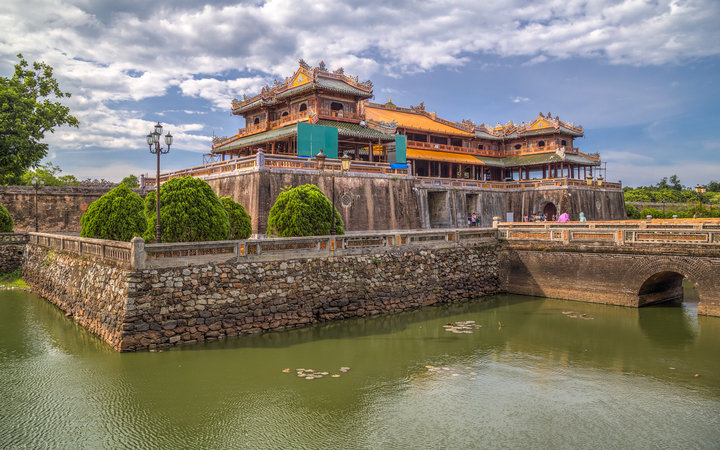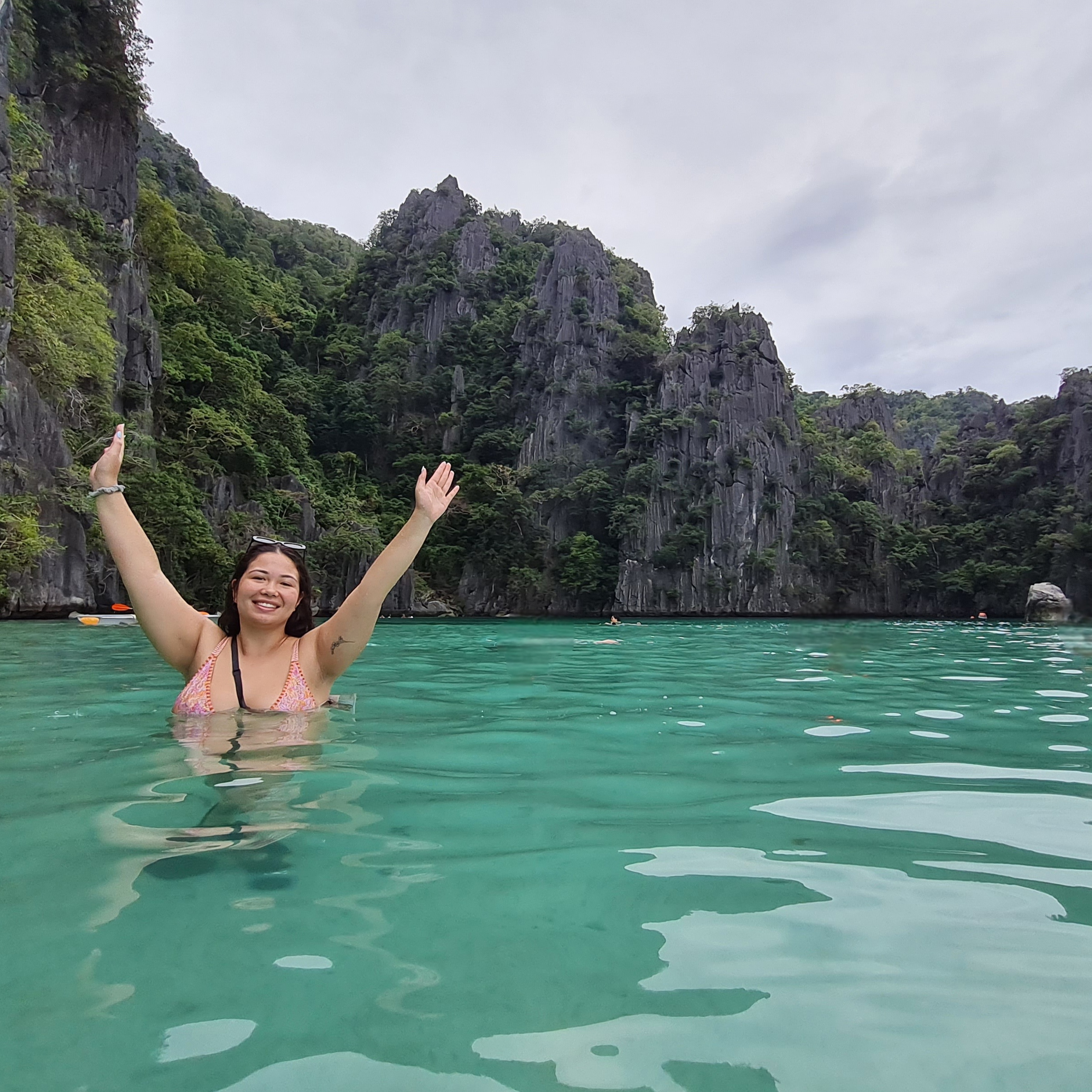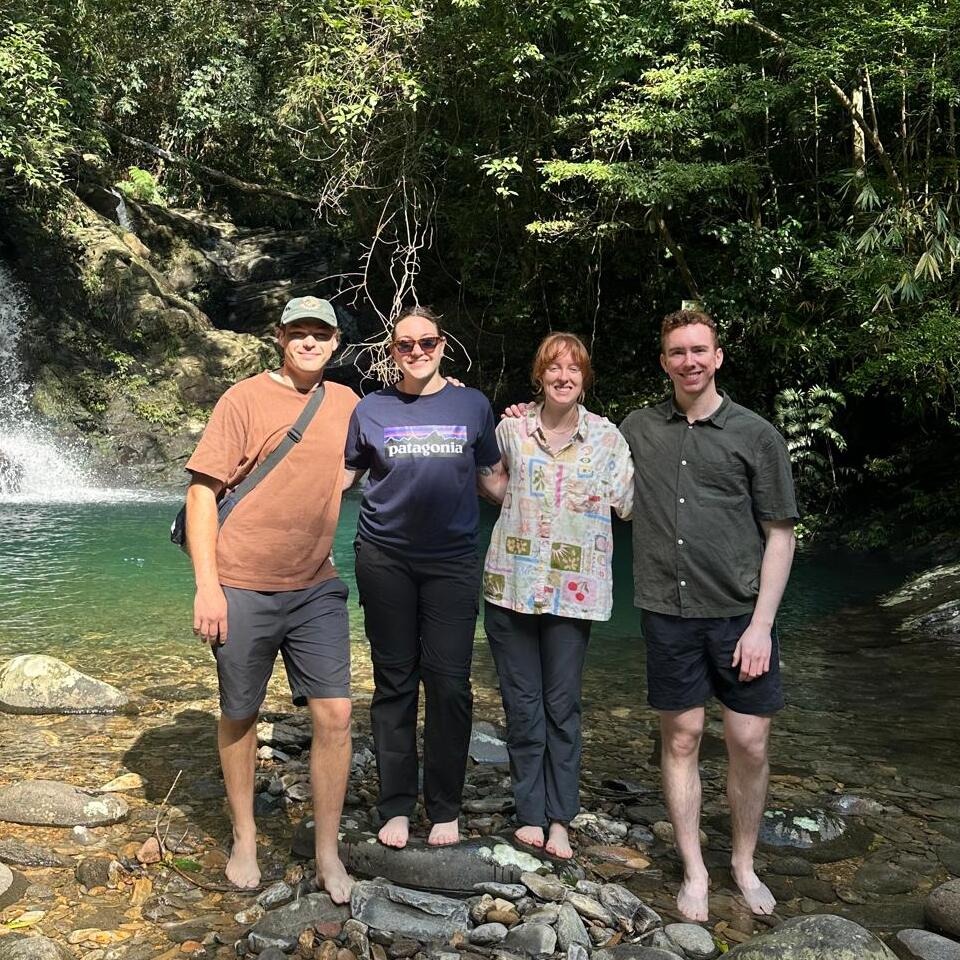University of Queensland 2020
For my final placement as a medical student, I chose to spend 4 out of the 6 weeks in Hue, Vietnam. While I was still a university student I wanted to explore somewhere I had never been.
I picked a Work the World placement so that the hospital application, placement, accommodation and food would be organised for me.
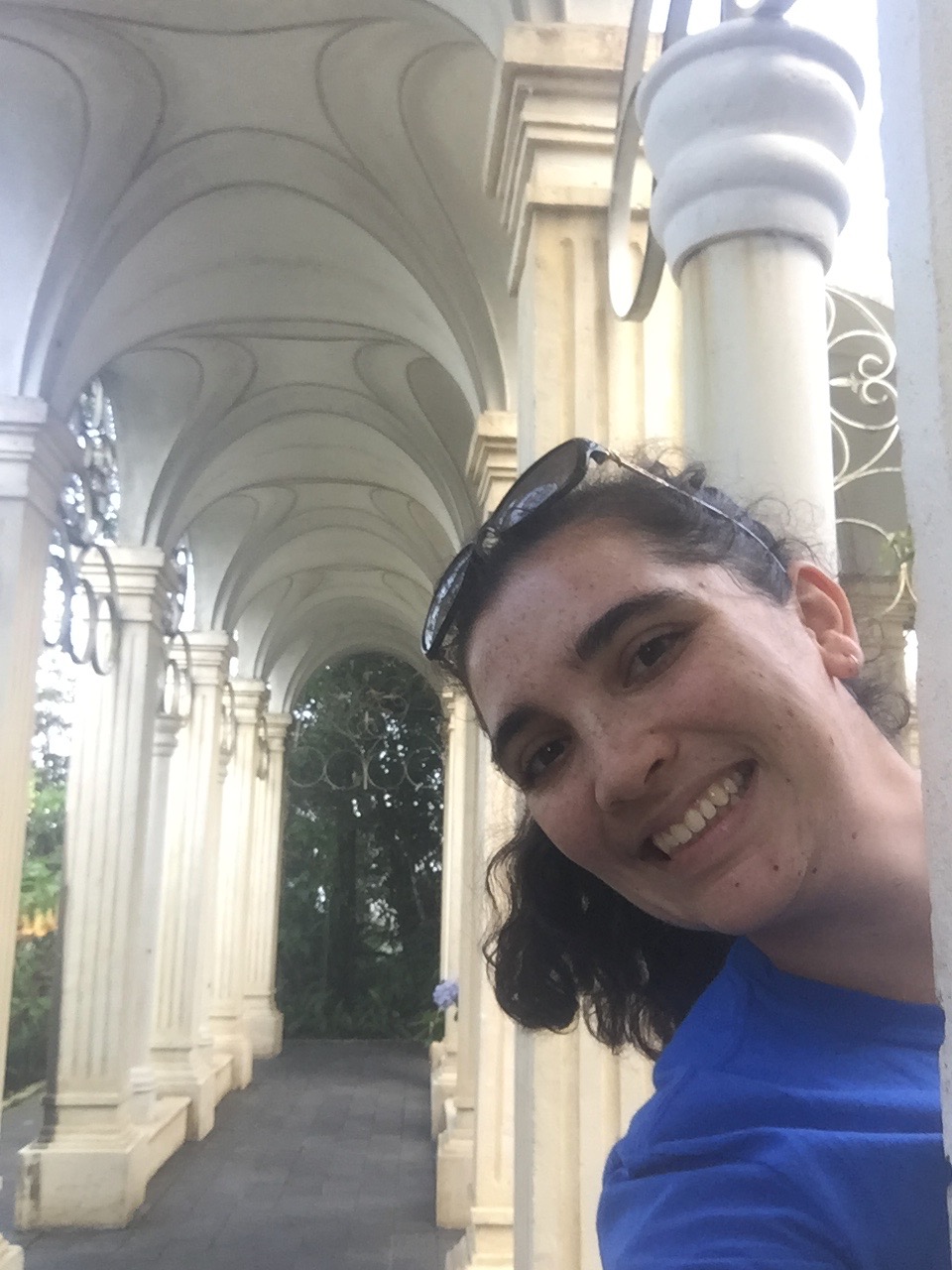 It was a toss-up between Phnom Penh and Hue. I chose Hue because no one else in my family had been to Vietnam. I also love Vietnamese food – lots of rice, noodles and vegetables.
It was a toss-up between Phnom Penh and Hue. I chose Hue because no one else in my family had been to Vietnam. I also love Vietnamese food – lots of rice, noodles and vegetables.
I chose Work the World because I wanted to meet some new people, in particular aspiring health professionals from around the world. I’d also heard great reviews from my peers after our 1st-year observerships.
I loved the ease with which my placement was organised.
The Work the World team were great at answering all my questions, no matter how crazy they seemed to me. They were amazing, especially when helping me decide on a location based on what I wanted to get from my clinical placement and the sightseeing opportunities on offer.
The Work the World team were really easy to communicate with and even though the head office is in the UK they were terrific at replying and having options for Australian students.
I was uncertain of what I wanted my clinical interests to be as I still kept an open mind whenever I went on a new medical placement. But, the phone call discussion about my placement options with Work the World was really helpful and was part of the reason I did one week in cardiology and one week in radiology.
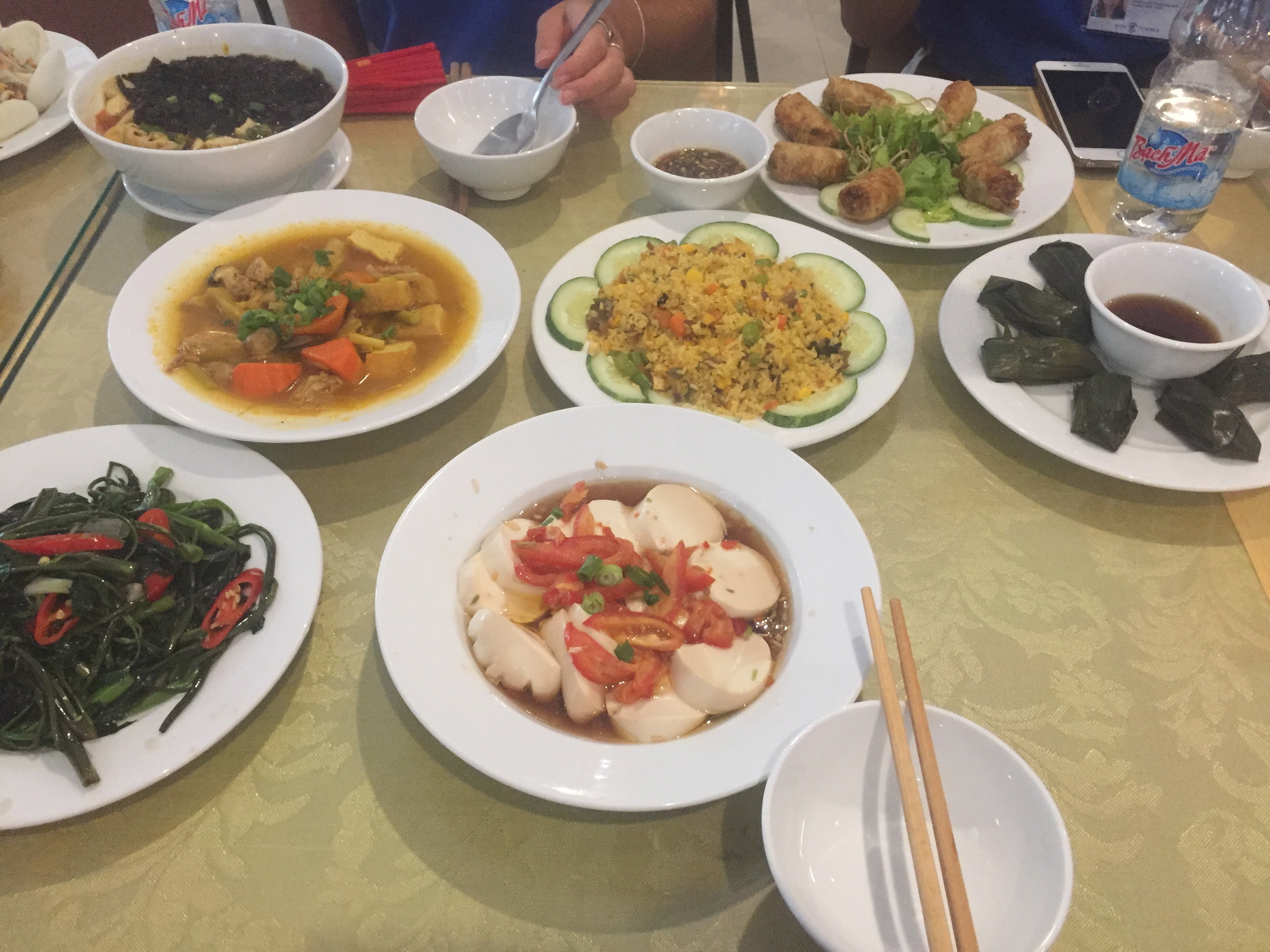 My first day in Hue was a little overwhelming due to flights being delayed. I landed at 7:30 am on Monday and went straight on my orientation tour at the hospital. If I was to do it again I probably would have taken the extra time offered to me to settle into the Work the World house and completed orientation the following day.
My first day in Hue was a little overwhelming due to flights being delayed. I landed at 7:30 am on Monday and went straight on my orientation tour at the hospital. If I was to do it again I probably would have taken the extra time offered to me to settle into the Work the World house and completed orientation the following day.
Life moved at a different pace in Vietnam and my placement hospital served a large district area. Most patients only visited the hospital in severe stages of disease because they were unable to afford to pay for treatment and there was an absence of screening.
The hospital was hours away from many of the rural villages. Some of the nurses spent four hours a day travelling to the hospital after 12-24 hour shifts because they couldn’t afford to live away from their family village and as such, only saw their children while they were asleep.
They had a range of machines, some of which I recognised and others that predated those I had seen.
The anaesthetics department was very welcoming and friendly once I’d introduced myself. The actual practice of anaesthesia I didn’t think was too different from Australia. They had a range of machines, some of which I recognised and others that predated those I had seen.
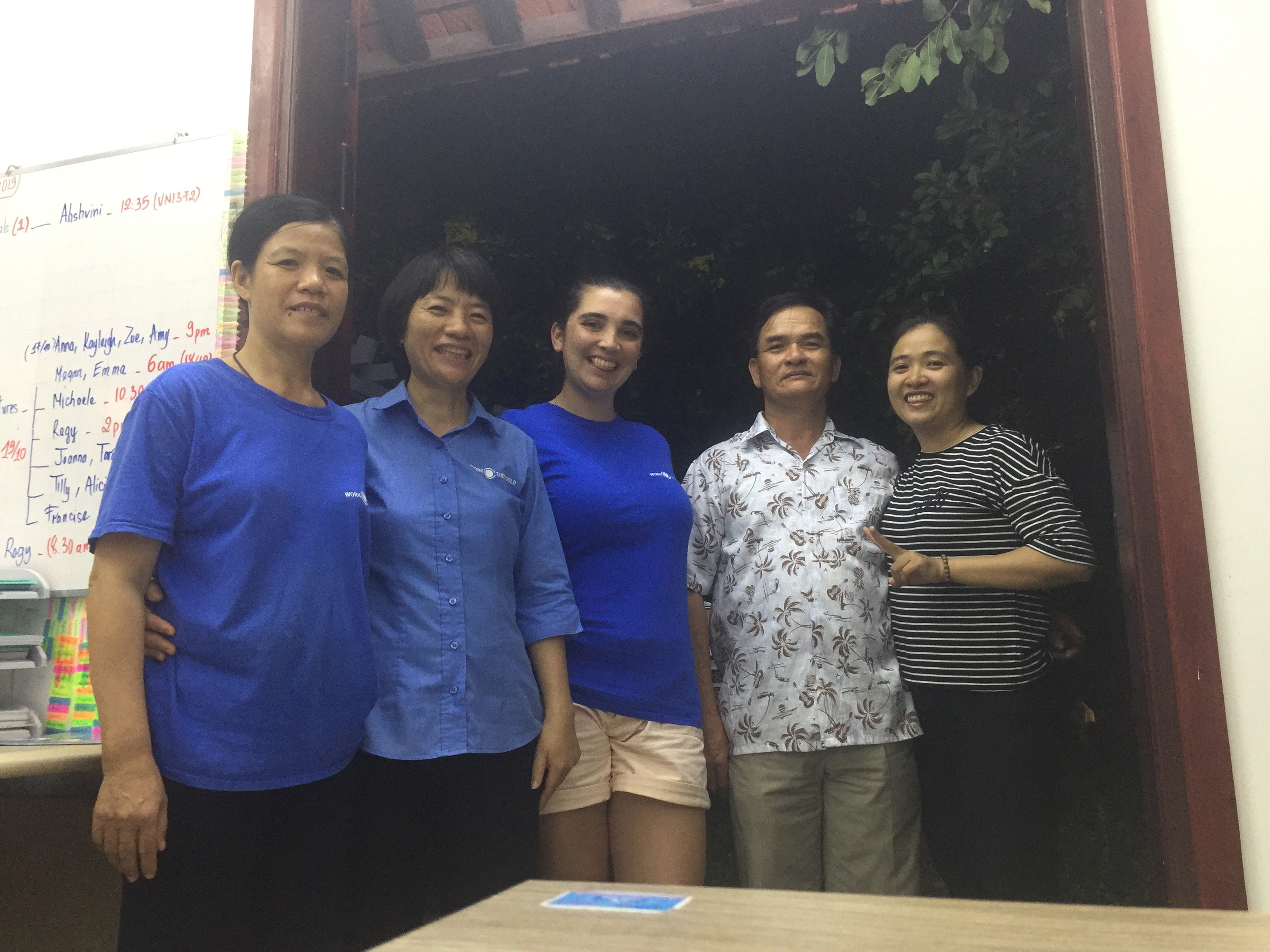 I really enjoyed meeting the visiting American team who were volunteering their time and donating visual reality machines for assisting paediatrics and epidural insertion.
I really enjoyed meeting the visiting American team who were volunteering their time and donating visual reality machines for assisting paediatrics and epidural insertion.
The extent of some abdominal procedures was 6-10 hours long due to extensive metastases and adhesions. The difference in sterile reusable gowns and how close ungowned observers could stand during surgery was vastly different from Australia.
Cardiology offered me the chance to see diseases, like severe rheumatic heart failure, that are uncommon in Australia except for in certain areas. It was interesting to exchange ideas between different countries.
The procedural opportunities I was able to assist with allowed me to work on basic skills like echocardiography and electrocardiography.
The Work the World house was amazing. The catering team were so very accommodating of my food allergies and their cooking was amazing.
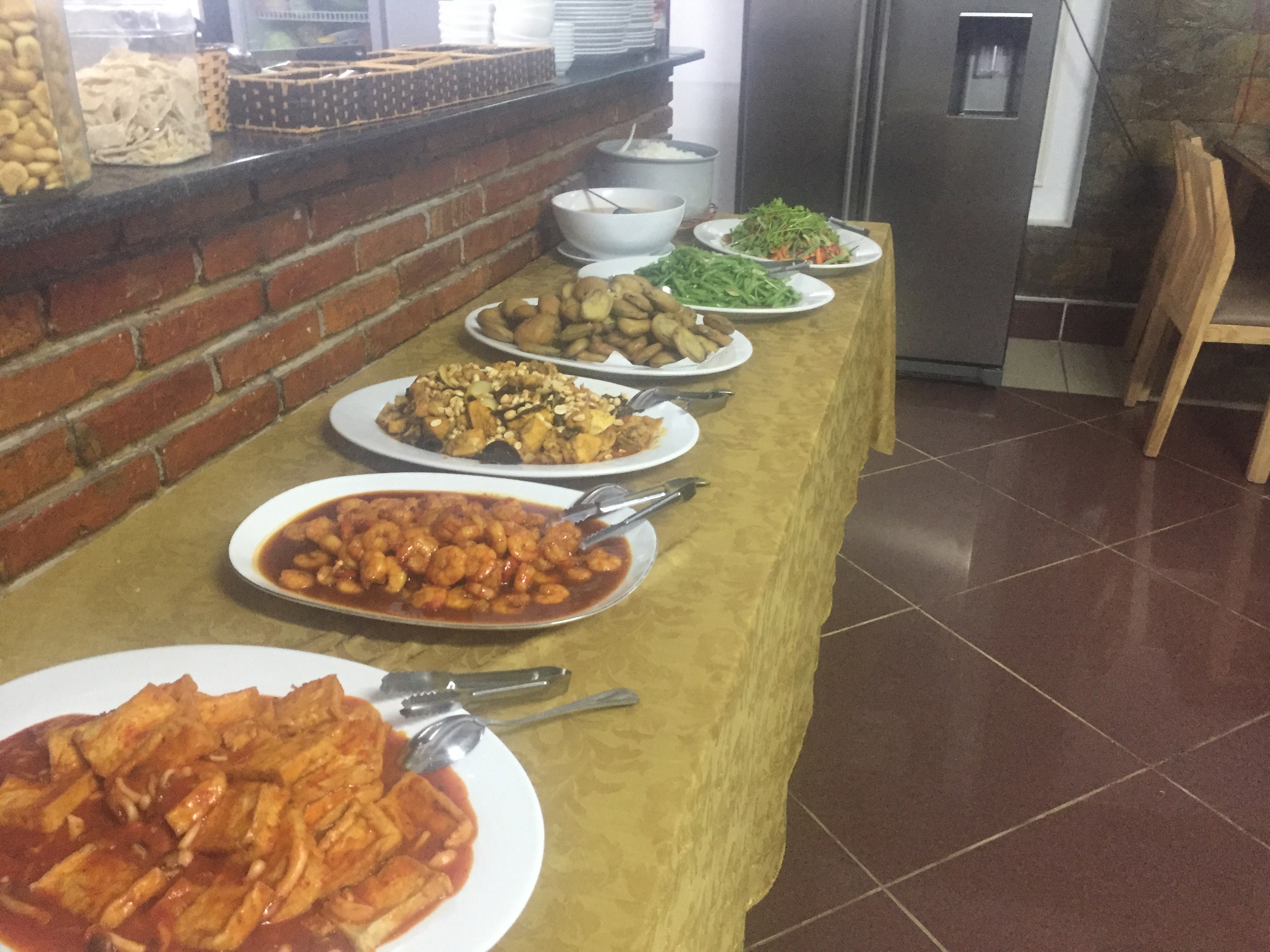 Embrace the traditional meals – you’re only there for a short period of time and there was an abundance of food in the house.
Embrace the traditional meals – you’re only there for a short period of time and there was an abundance of food in the house.
The pool was always busy on hot afternoons when I first arrived until the rain came regularly in October.
The team at the Work the World house were like family and made me feel very integrated within the community. They were always willing to have a chat and give advice on day or weekend trips and how to best approach my clinical placement.
I’d recommend taking every opportunity to practice your Vietnamese, it helped me with pronunciation and conversing with taxi drivers.
The Vietnamese lessons were one of my favourite perks of my Work the World placement, especially as I didn’t have the time before arriving to practice due to exams. My highlight was helping the midwives practice for their English fluency test.
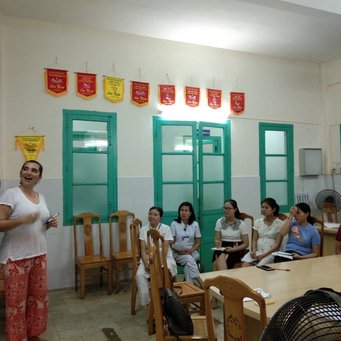 Hue was such a beautiful city to live in and explore for four weeks. I can’t wait to go back and visit my friends and see more of the Vietnamese culture and towns.
Hue was such a beautiful city to live in and explore for four weeks. I can’t wait to go back and visit my friends and see more of the Vietnamese culture and towns.
I highly recommend visiting Hue for your elective at any point during your medical or healthcare degree. The opportunities to explore open your eyes to another culture and you’ll see amazing locations and landscapes.
I will carry this experience with me as I continue into my first year as a qualified doctor and for many years to come, it’s been great so far. Jump into the experience with all you have.
